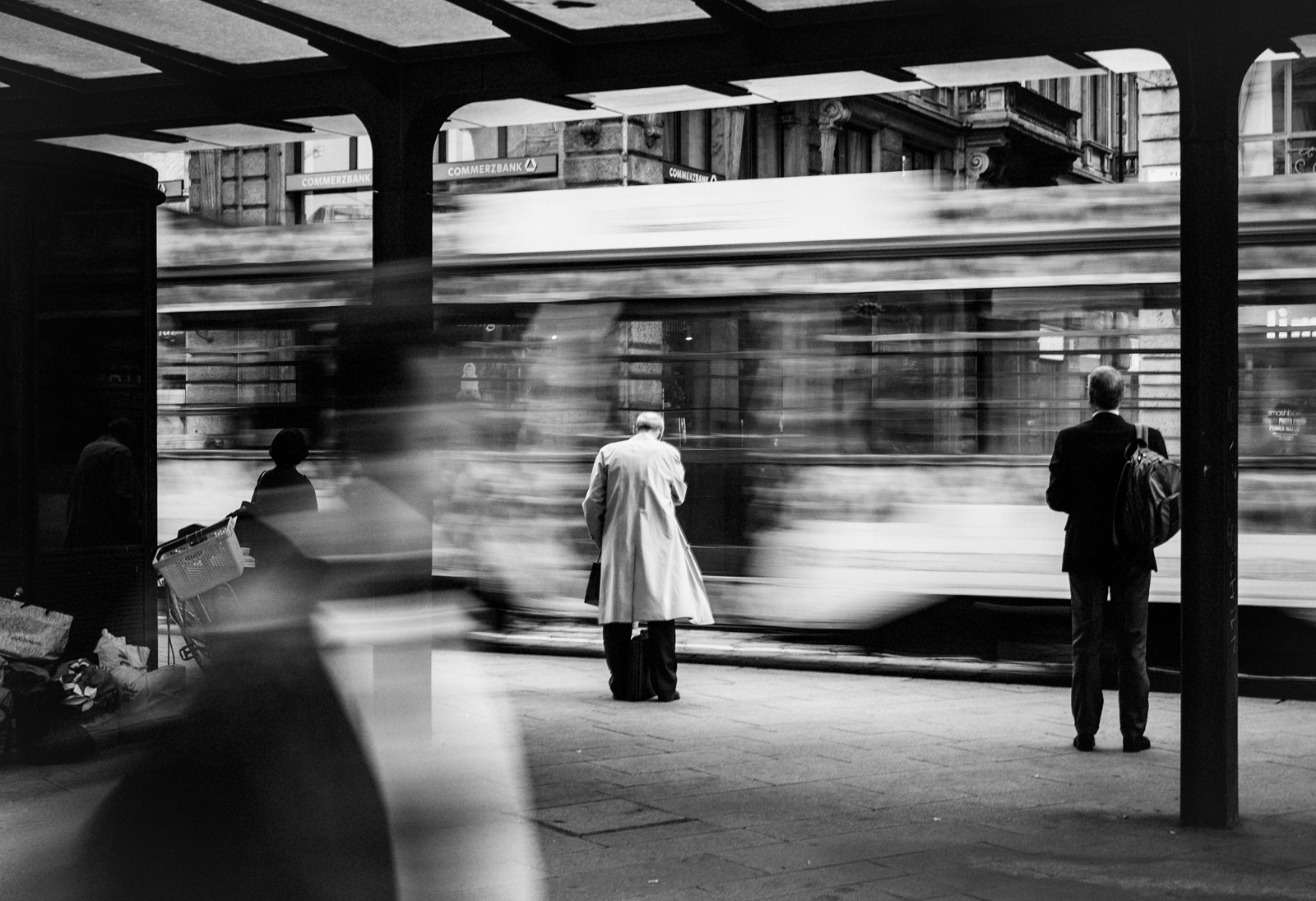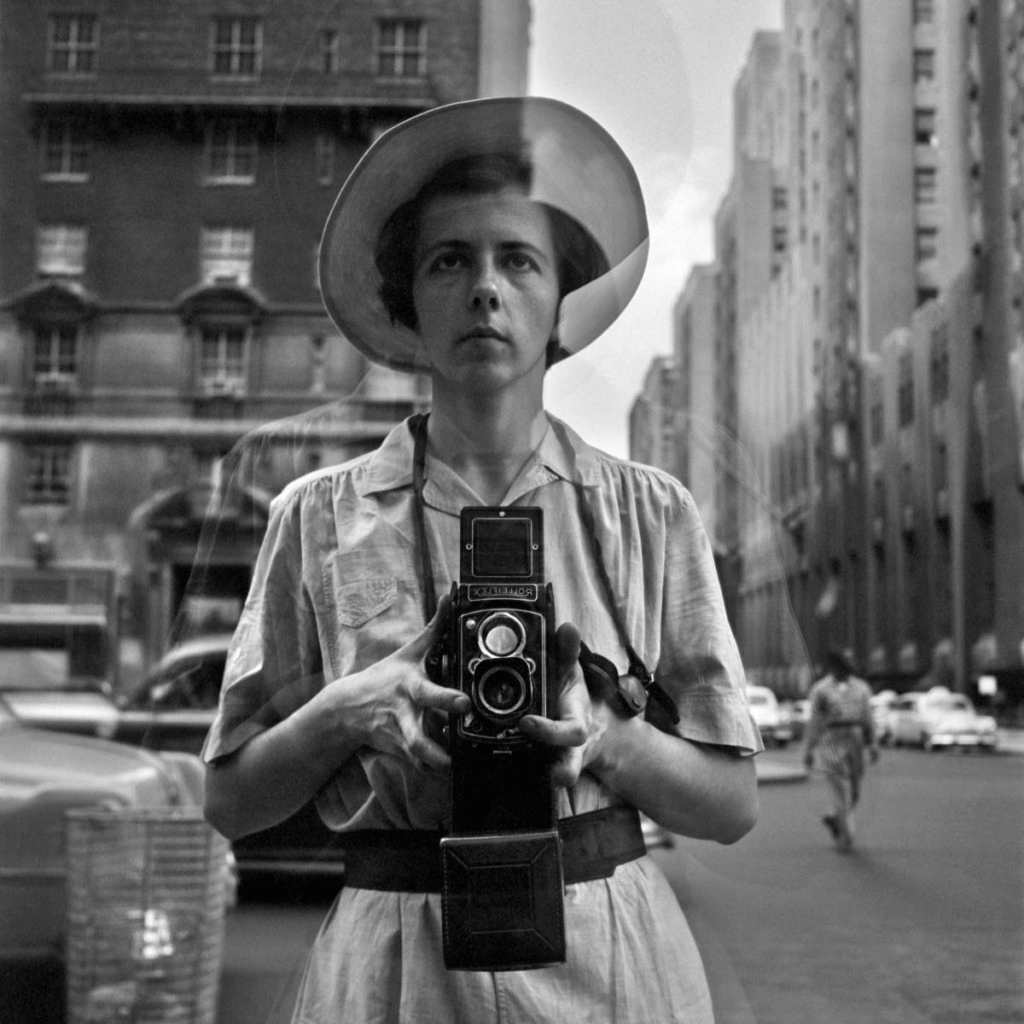The Ultimate Guide To Framing Streets
The Ultimate Guide To Framing Streets
Blog Article
Our Framing Streets Diaries
Table of ContentsThe 8-Minute Rule for Framing StreetsThe smart Trick of Framing Streets That Nobody is DiscussingThe smart Trick of Framing Streets That Nobody is DiscussingAbout Framing StreetsThe 25-Second Trick For Framing StreetsFacts About Framing Streets Revealed
, normally with the aim of recording photos at a decisive or touching minute by cautious framing and timing. https://www.dreamstime.com/davidturley33101_info.
Some Known Details About Framing Streets
Susan Sontag, 1977 Road digital photography can concentrate on people and their actions in public. In this respect, the road professional photographer is similar to social documentary digital photographers or photojournalists that also work in public areas, but with the goal of recording newsworthy occasions. Any one of these photographers' photos may record individuals and residential or commercial property noticeable within or from public areas, which commonly entails navigating moral concerns and laws of privacy, protection, and building.
Depictions of daily public life develop a style in virtually every period of globe art, starting in the pre-historic, Sumerian, Egyptian and early Buddhist art periods. Art dealing with the life of the street, whether within views of cityscapes, or as the leading motif, appears in the West in the canon of the North Renaissance, Baroque, Rococo, of Romanticism, Realism, Impressionism and Post-Impressionism.
3 Easy Facts About Framing Streets Described
Louis Daguerre: "Boulevard du Holy place" (1838 or 1839) In 1838 or 1839 the very first photograph of numbers in the road was taped by Louis-Jacques-Mand Daguerre in one of a pair of daguerreotype sights drawn from his studio home window of the Blvd du Holy place in Paris. The 2nd, made at the elevation of the day, shows an uninhabited stretch of street, while the other was taken at concerning 8:00 am, and as Beaumont Newhall reports, "The Boulevard, so frequently filled up with a moving bunch of pedestrians and carriages was perfectly singular, other than an individual that was having his boots brushed.
, that was motivated to embark on a comparable paperwork of New York City. As the city developed, Atget helped to promote Parisian streets as a deserving subject for digital photography.

8 Simple Techniques For Framing Streets
In between 1946 and 1957 Le Groupe des XV yearly showed job of this kind. Andre Kertesz. Circus, Budapest, 19 May 1920 Street photography formed the major material of two exhibits at the Gallery of Modern Art (Mo, MA) in New York curated by Edward Steichen, 5 French Digital Photographers: Brassai; Cartier-Bresson, Doisneau, Ronis, Izis in 1951 to 1952, and Post-war European Photography in 1953, which exported the concept of street digital photography globally.

7 Easy Facts About Framing Streets Described
The recording equipment was 'a covert camera', a 35 mm Contax concealed under his layer, that was 'strapped to the chest and attached to a lengthy wire strung down the right sleeve'. His work had little modern effect as due to Evans' sensitivities about the originality of his job and the privacy of his topics, it was not published till 1966, in the book Many Are Called, with an intro written by James Agee in 1940.
Helen Levitt, after that an instructor of young children, linked with Evans in 193839. She documented the temporal chalk illustrations - 50mm street photography that were part of children's street society in my latest blog post New York at the time, along with the kids that made them. In July 1939, Mo, MA's brand-new digital photography section consisted of Levitt's work in its inaugural exhibitRobert Frank's 1958 publication,, was substantial; raw and usually out of focus, Frank's photos examined mainstream digital photography of the time, "tested all the official regulations laid down by Henri Cartier-Bresson and Walker Evans" and "contradicted the wholesome pictorialism and wholehearted photojournalism of American magazines like LIFE and Time".
Report this page